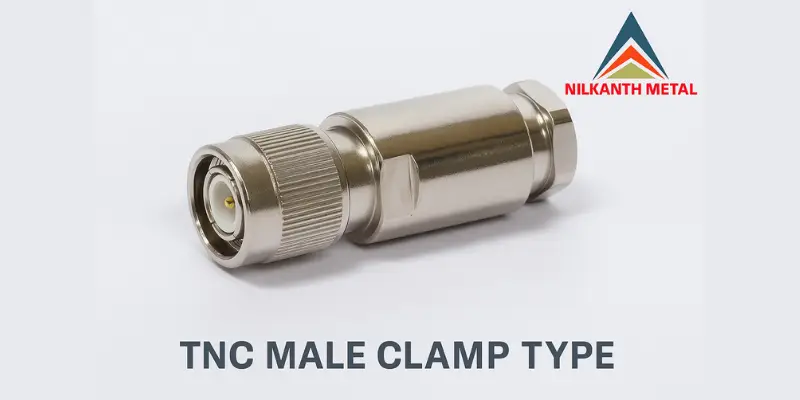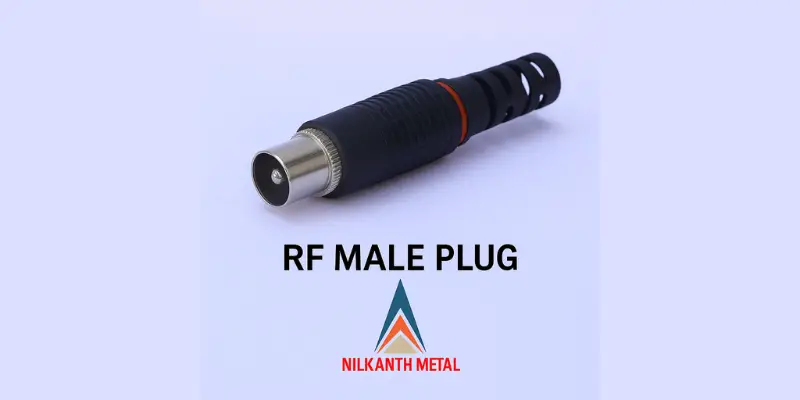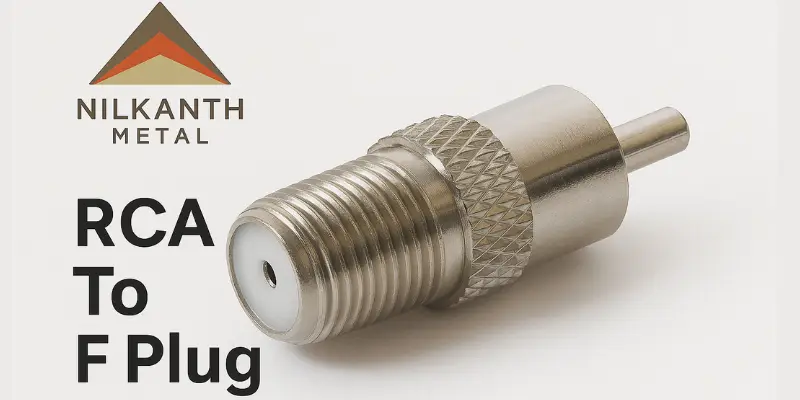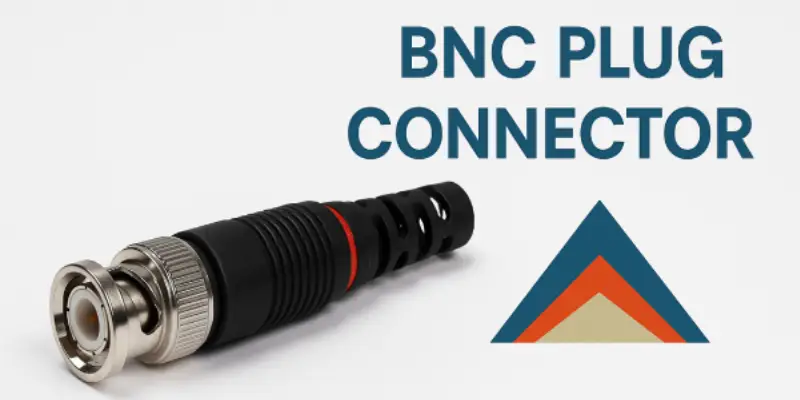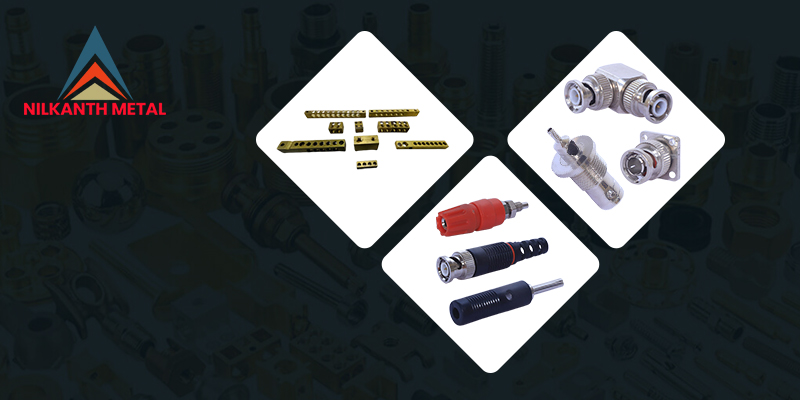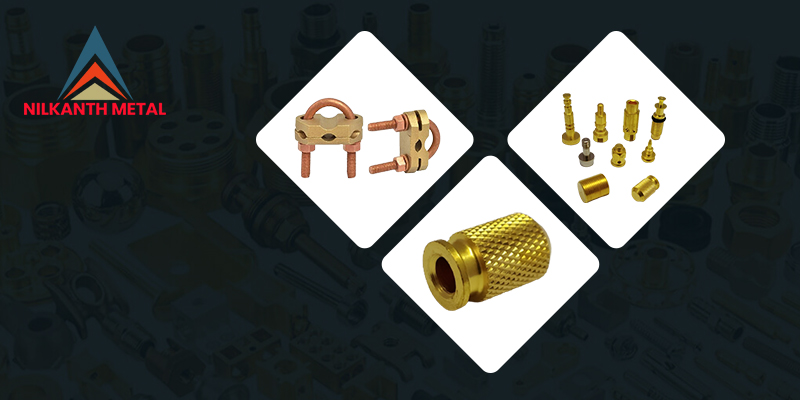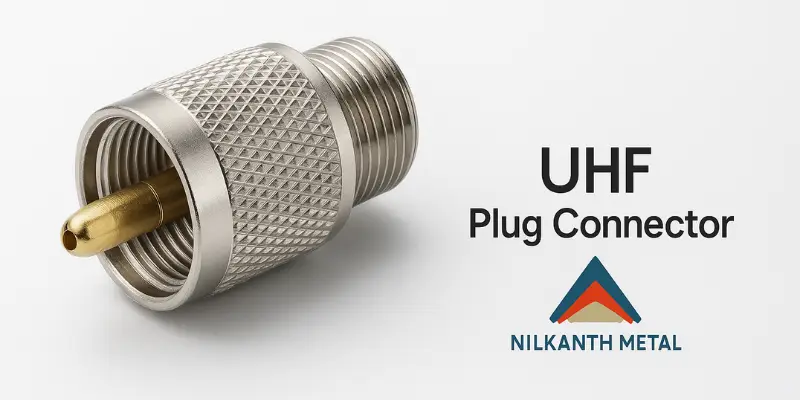
UHF Plug Connector: A Comprehensive Guide
When it comes to radio frequency (RF) communication, connectors play a crucial role in ensuring seamless signal transmission. One such essential component is the UHF plug connector, widely used in amateur radio, CB radios, and various communication devices. In this article, we will explore what UHF plug connectors are, their different types, applications, advantages, and key considerations when selecting the right one for your needs.
What is a UHF Plug Connector?
The PL-259, also called a UHF plug, is a type of threaded radio frequency connector often used to join coaxial cables in various applications. Designed for frequencies up to 300 MHz, it is a robust and reliable choice for many communication setups. The name "UHF" can be slightly misleading because these connectors are not typically used for modern ultra-high-frequency applications (which often require higher-performance connectors like N-type or SMA). Instead, UHF connectors are widely favored for their durability, ease of use, and affordability in lower-frequency radio communications.
Key Features of UHF Plug Connectors
- Threaded Coupling Mechanism : The connector features a threaded design that ensures a secure and stable connection, preventing accidental disconnections even in high-vibration environments.
- 50-Ohm Impedance : This is the standard impedance for most RF applications, ensuring efficient signal transmission with minimal loss.
- Durable Construction : UHF connectors are typically made from brass, nickel, or stainless steel, providing excellent corrosion resistance and long-term reliability.
- Easy Installation They can be installed using either soldering or crimping techniques, making them accessible for both professionals and hobbyists.
Types of UHF Plug Connectors
UHF connectors are manufactured in a variety of styles to accommodate a wide range of applications.
Standard UHF Plug (PL-259)
- In RF setups, this particular male connector is the most prevalent and widely employed.
- It is designed to mate with the SO-239 socket, which is commonly found on radios and antenna mounts.
- Ideal for CB radios, ham radios, and other communication devices where a secure RF connection is required.
UHF Jack (SO-239)
- This is the female version of the PL-259 plug.
- Often found on radio equipment, antenna mounts, and other fixed installations.
- Provides a stable connection point for attaching coaxial cables with PL-259 plugs.
Right-Angle UHF Plug
- Designed for tight spaces where a straight connector would be impractical.
- Helps reduce cable strain and allows for more flexible routing in compact setups.
- Commonly used in mobile installations, such as vehicle-mounted radios.
Bulkhead UHF Connector
- Used for panel mounting, allowing cables to pass through equipment enclosures.
- Provides a secure and stable connection point for fixed installations.
- Often used in base stations, amplifiers, and other RF equipment.
Applications of UHF Plug Connectors
UHF connectors are utilized across a variety of industries and applications.
Amateur Radio (Ham Radio)
- Ham radio operators frequently use UHF connectors to link transceivers to antennas.
- Ensures minimal signal loss, which is critical for clear and reliable communication.
Citizens Band (CB) Radio
- CB radio enthusiasts rely on UHF connectors for both vehicle-mounted and base station antennas.
- The robust design makes them suitable for mobile and outdoor use.
Marine and Aviation Communication
- Both marine radios and aviation communication systems utilize UHF connectors.
- Their threaded design ensures a secure connection even in high-vibration environments.
Military and Defense
- Due to their rugged construction, UHF connectors are often used in portable military communication devices.
- They provide reliable performance in harsh conditions.
Broadcast and TV Antennas
- In broadcast equipment, this is used for both transmitting and receiving signals.
- Ensures efficient signal transfer with minimal interference.
Advantages of UHF Plug Connectors
- Strong and Durable Construction: Made from high-quality metals such as brass or stainless steel, ensuring long-lasting performance even in demanding environments.
- Easy to Install: Can be installed using simple soldering or crimping techniques, making them accessible for both professionals and DIY enthusiasts.
- Secure Connection: The threaded design prevents accidental disconnections, which is especially important in mobile and high-vibration applications.
- Cost-Effective Solution: More affordable compared to higher-frequency RF connectors like N-type or SMA, making them a popular choice for budget-conscious users.
- Wide Compatibility: Works with various types of coaxial cables, including RG-8, RG-58, and RG-213, providing flexibility in different setups.
How to Choose the Right UHF Plug Connector?
The selection of the right UHF connector is influenced by several factors, and the key considerations are outlined below.
- Frequency Requirements: UHF connectors perform optimally at frequencies below 300 MHz. For applications that require a connector for higher frequencies, alternatives such as N-type or SMA connectors should be considered.
- Cable Compatibility: Ensure the connector is compatible with the type of coaxial cable you are using (e.g., RG-58, RG-8, or RG-213).
- Environmental Conditions: For outdoor or marine applications, choose connectors with waterproof or corrosion-resistant coatings to ensure longevity.
- Connector Gender and Type: Determine whether you need a plug (male) or jack (female) and whether a straight or right-angle design is more suitable for your setup.
- Installation Method: Decide between solder-type or crimp-type connectors based on your skill level and available tools.
Conclusion
UHF plug connectors are an essential component in RF communication systems, offering durability, ease of installation, and reliable performance. Whether you are a ham radio operator, CB radio enthusiast, or working in professional communication setups, choosing the right UHF connector ensures optimal signal transmission. By considering factors such as frequency requirements, cable compatibility, and environmental conditions, you can select the best connector for your needs.
Recent Post
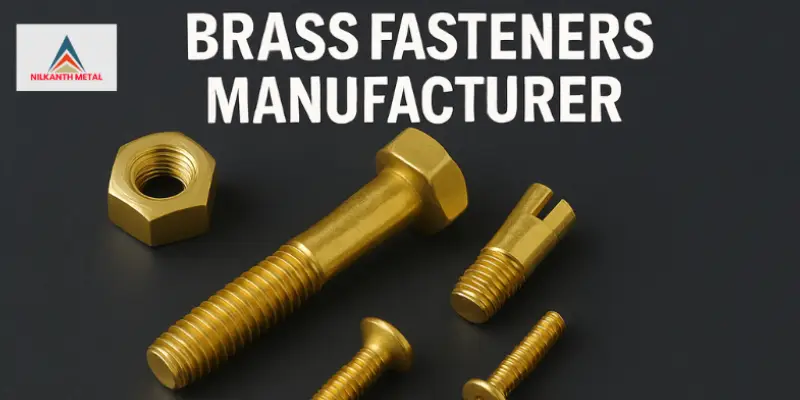
september, 12 2025
Brass Fasteners Manufacturer - Quality, Durability, and Precision with Nilkanth Metal

April, 28 2025
Your Trusted Source for High-Quality Brass Air Valves

February, 14 2025
Versatile Brass and Steel Screws Customized for Industrial Sectors

July, 19 2024
What is Core Vents?
